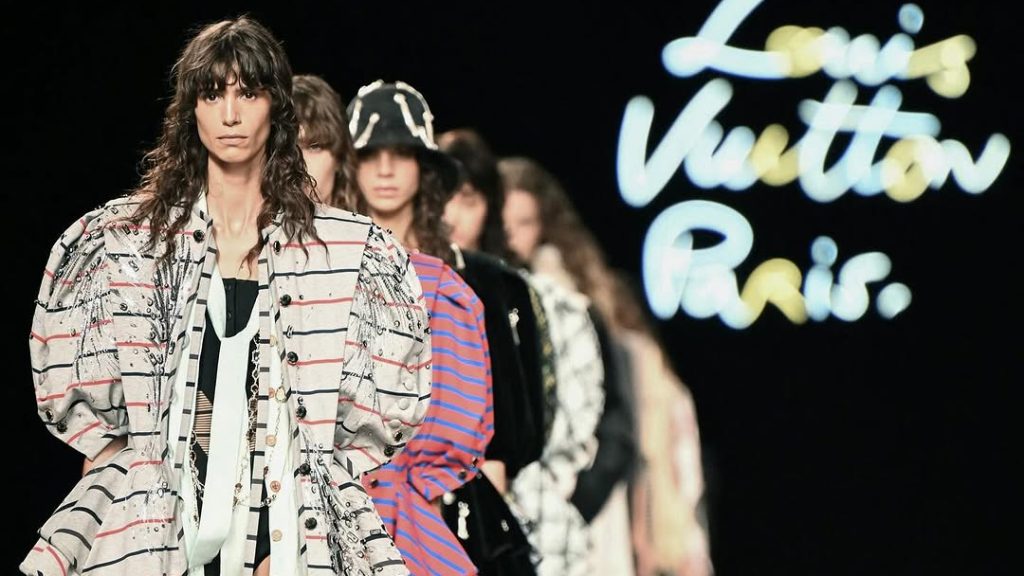
The Influence of Global Fashion Weeks on Local Trends

Twice a year, the fashion capitals of the world—Paris, Milan, New York, and London—transform into the epicenters of innovation and style, showcasing the latest collections from top designers. These global fashion weeks are not just about glitzy runway shows; they are powerful catalysts in shaping local fashion trends across continents. As the world becomes increasingly interconnected, the influence of these international events permeates different regions, affecting not only clothing but also accessories and lifestyle choices.
The Global Stage of Fashion Weeks
The essence of fashion weeks lies in their ability to set the tone for future trends. Major fashion houses like Chanel, Gucci, and Louis Vuitton unveil their collections, which are meticulously analyzed by critics, influencers, and buyers. The New York Times highlights that these events offer a glimpse into the future of fashion, indicating the colors, fabrics, and styles that will dominate the seasons ahead.
Moreover, fashion weeks serve as a platform for emerging designers, offering them a chance to showcase their creations on the global stage. This blend of established and new talent ensures a diverse range of trends that trickle down into local markets.
Local Trends: A Reflection of Global Influence
Local fashion scenes are increasingly reflective of the trends set during these international showcases. In India, for instance, as reported by the Hindustan Times, traditional attire is being revamped with contemporary twists inspired by global fashion weeks. The blending of local culture with international styles has led to a unique fashion narrative that resonates with consumers.
Similarly, in the United States, the influence of fashion weeks is evident in high-street fashion. Retail giants like Zara and H&M are quick to adopt runway trends, making them accessible to the masses. This democratization of fashion ensures that styles seen on the runways in Paris or Milan become available in local stores within weeks.
Beyond Clothing: The Lifestyle Impact
The impact of global fashion weeks extends beyond clothing, influencing accessories and lifestyle choices. According to Vogue Business, the rise of sustainable fashion highlighted during these events has encouraged local brands to adopt eco-friendly practices. Consumers are becoming more conscious of the environmental impact of their purchases, leading to a demand for sustainable options.
Furthermore, fashion weeks often inspire trends in beauty and grooming. The makeup looks and hairstyles showcased on the runways are quickly replicated by beauty brands, influencing local beauty trends. Publications like Harper's Bazaar are pivotal in translating these high-fashion looks into everyday beauty routines.
Cultural Exchange and Collaboration
Fashion weeks are also a melting pot of cultural exchange, bringing together designers, models, and fashion enthusiasts from around the world. This cultural interplay is crucial in shaping local trends. For example, the incorporation of Asian influences in Western fashion, as noted by Jing Daily, is a testament to this exchange. Designers are increasingly drawing inspiration from diverse cultures, resulting in collections that celebrate global diversity.
Collaborations between international designers and local artisans further emphasize this trend. These partnerships not only bring fresh perspectives to the fashion scene but also provide local craftsmen with global exposure.
The Role of Media and Social Platforms
The rapid dissemination of trends from fashion weeks to local markets is largely facilitated by media and social platforms. Influencers and fashion bloggers, like those featured on Instagram, play a significant role in promoting these trends to a wider audience. Their ability to instantly share runway looks with millions of followers ensures that trends spread quickly and efficiently.
Additionally, media outlets such as Business of Fashion provide in-depth analysis and coverage of fashion weeks, offering insights into upcoming trends and their potential impact on local markets. This constant flow of information keeps consumers informed and engaged with the latest fashion developments.
Challenges and Opportunities
While the influence of global fashion weeks on local trends is undeniable, it also presents challenges. The pressure to keep up with rapidly changing trends can be overwhelming for local designers and brands. However, this also presents an opportunity for innovation and creativity. By adapting global trends to fit local tastes and preferences, designers can create unique offerings that stand out in the market.
Conclusion
The influence of global fashion weeks is a testament to the interconnectedness of today's fashion industry. As these events continue to set the stage for future trends, their impact on local fashion scenes is profound. From clothing and accessories to lifestyle choices, the ripple effect of these international showcases is felt across the globe, shaping the way we dress, live, and express ourselves. As we look to the future, the fusion of global and local trends will continue to define the ever-evolving landscape of fashion.